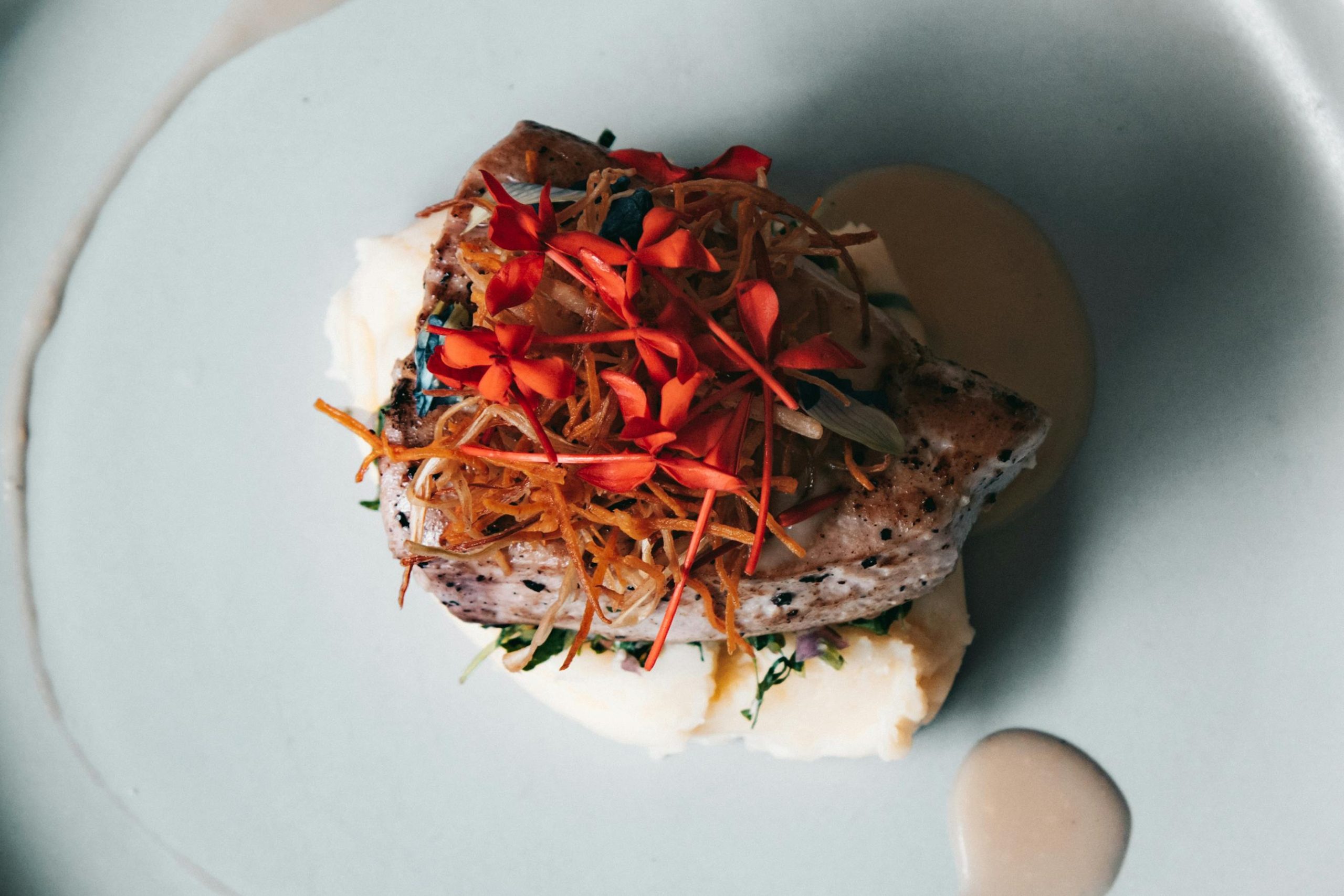Comfort food is more than just a satisfying meal—it’s a source of emotional support, nostalgia, and solace. We all have those foods that instantly make us feel better, whether it’s a warm bowl of soup, a slice of pizza, or a plate of macaroni and cheese. But what is it about these foods that makes them so irresistible, especially when we’re feeling down or stressed? The answer lies in a complex interplay of psychological, cultural, and biological factors that shape our food preferences. Understanding the psychology behind comfort food can shed light on why we crave certain dishes during difficult times and how food can become intertwined with our emotions.
The Role of Nostalgia in Comfort Food Cravings

Nostalgia plays a powerful role in our relationship with comfort food. For many people, certain dishes remind them of childhood, family gatherings, or simpler times. The sights, smells, and tastes of these foods can evoke fond memories of home and security, offering a sense of emotional grounding when life feels chaotic. For example, a bowl of your grandmother’s homemade soup or a favorite dish your parents used to make can bring back warm feelings of love, care, and connection.
These nostalgic connections are often formed early in life when food is used as a way to bond and nurture. As children, we associate the act of eating with care and comfort, and over time, those associations are solidified. The sensory experience of eating comfort food can trigger the release of dopamine, the “feel-good” neurotransmitter, which reinforces the emotional connection to the food. This explains why we’re drawn to comfort foods from our past—whether it’s a childhood favorite or a dish from a special occasion that brings back cherished memories.
The Psychological Comfort of Familiarity
In times of stress or uncertainty, people often seek out the familiar—whether it’s familiar faces, routines, or, of course, familiar foods. Comfort foods provide a sense of predictability and control, offering a temporary escape from the unpredictability of daily life. When we’re overwhelmed or anxious, turning to the foods we know and love can be a way to self-soothe. It’s a form of psychological reassurance, as these foods remind us of a time when things felt safe and stable.
The psychological comfort derived from familiarity is also linked to our need for emotional regulation. Eating a favorite dish can act as a form of self-care, providing a sense of emotional support and grounding. In moments of distress, these foods serve as a source of comfort, offering a brief respite from the chaos of the outside world. This emotional eating can be a coping mechanism, allowing us to manage difficult feelings and restore a sense of balance.
The Link Between Comfort Food and Emotional Eating
Emotional eating, or eating in response to emotions rather than physical hunger, is closely tied to our craving for comfort foods. Many people turn to food for solace when they’re feeling sad, anxious, lonely, or stressed. Comfort foods are often high in sugar, fat, and salt—ingredients that can trigger the release of endorphins, the body’s natural mood enhancers. These foods not only taste good but also offer a biochemical reward, making them an effective way to temporarily lift our spirits.
However, while comfort food can provide short-term relief from negative emotions, it’s important to recognize that emotional eating may not always be a healthy long-term coping strategy. Relying on comfort food to manage emotions can lead to overeating or unhealthy eating patterns. Understanding the underlying emotions driving the craving for comfort food can help individuals develop healthier ways of coping with stress and emotional turmoil.
The Biological Basis of Cravings
Biology also plays a significant role in our comfort food cravings. Many comfort foods are high in ingredients that our bodies instinctively crave, such as sugar and fat. These substances have evolutionary significance, as they provide quick energy and essential nutrients. In times of scarcity, our ancestors relied on high-calorie foods to survive, which is why our bodies are wired to crave them. Foods high in fat, sugar, and salt stimulate the brain’s reward system, creating feelings of pleasure and satisfaction.
Comfort foods also tend to be rich in carbohydrates, which trigger the release of serotonin, a neurotransmitter that regulates mood and promotes feelings of well-being. The relationship between carbohydrates and serotonin is one reason why people often crave pasta, bread, or sweets when they’re feeling down. These foods help boost serotonin levels, providing a sense of calm and relaxation. This explains why we might crave certain comfort foods during stressful or emotional times, as they help regulate mood and offer temporary relief from feelings of discomfort.

Cultural Influences on Comfort Food Preferences
While comfort food cravings are universal, the specific foods we turn to are shaped by our cultural background and personal experiences. Different cultures have distinct comfort food traditions, and what one person finds comforting may not hold the same appeal for someone from a different cultural context. For example, while mac and cheese might be a beloved comfort food in the United States, other cultures may gravitate toward different dishes, such as rice porridge in China or fried plantains in parts of Africa.
Cultural influences also affect the way we associate food with emotional well-being. In some cultures, food is seen as a way to express love and care, and sharing a meal with others can provide a sense of connection and community. Comfort food, in this context, may not just be about the food itself but about the social experience of eating together. The act of sharing a meal with loved ones can enhance feelings of comfort and emotional satisfaction, reinforcing the role of food in maintaining social bonds.
The Comfort Food Industry: Marketing and Consumer Behavior
The comfort food industry has capitalized on the psychological appeal of these foods, often marketing them as quick fixes for stress, sadness, or fatigue. From fast food chains to ready-made meals, the availability of comfort foods has grown exponentially, catering to people seeking emotional relief or a moment of indulgence. Advertisements often emphasize the pleasure and satisfaction that comes from eating comfort foods, creating a sense of emotional connection between the consumer and the product.
In recent years, the rise of food delivery services and the popularity of “guilty pleasure” foods have further fueled the comfort food trend. The ease of ordering food from home, combined with the emotional appeal of favorite dishes, has made comfort food more accessible than ever. For many people, turning to comfort food has become a quick and convenient way to deal with stress or difficult emotions, making it a significant part of modern consumer behavior.
Breaking the Cycle: Finding Balance
While comfort food can offer short-term emotional relief, it’s important to recognize when it becomes a pattern of emotional eating. Constantly relying on food to cope with stress, sadness, or anxiety can lead to unhealthy eating habits and long-term emotional or physical consequences. Developing healthier coping strategies—such as exercising, practicing mindfulness, or talking to a therapist—can help reduce the dependence on comfort food as a means of emotional regulation.
That said, there is nothing inherently wrong with enjoying comfort food in moderation. A bowl of your favorite dish can provide a sense of joy, nostalgia, and emotional nourishment. The key is finding a balance between enjoying comfort food and maintaining a healthy relationship with food overall.

Conclusion
The psychology of comfort food is complex, with deep connections to our emotions, memories, biology, and culture. From the nostalgia of childhood favorites to the temporary relief they provide in times of stress, comfort foods offer a unique source of emotional support. Understanding the factors that drive our cravings for comfort food can help us make more mindful choices and develop healthier coping mechanisms for managing emotions. While it’s important to savor our favorite dishes, it’s equally important to cultivate a balanced and sustainable approach to food that nurtures both body and mind.





